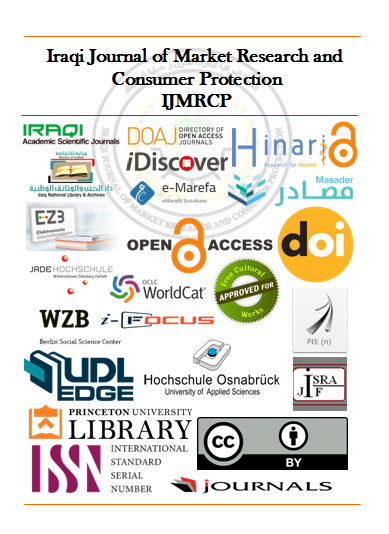CALLUS INDICATION OF (Salvadora Persica. L) AND ECONOMICAL IMPORTANCE
CALLUS INDICATION OF (Salvadora Persica. L) AND ECONOMICAL IMPORTANCE
Keywords:
CALLUS INDICATION OF (Salvadora Persica. L) AND ECONOMICAL IMPORTANCEAbstract
The aim of the research is to use in vitro plant tissue culture technique to determine the effect of growth regulators on the amount of callus produced. Callus was induced from the Salvadora persica or Miswak (Arak) plant by using a combination of Auxin (NAA) and Cytokinin (KIN). In the experiment, the plant parts (seeds, nodes, and leaves) were sterilized with mercury chloride (HgCl2) and sodium hypochlorite (NaOCl) for two periods of time (5 and 10 minutes). The results showed the best material for sterilizing plant parts is (HgCl2). Different plant parts (leaf, internode, node, and root) were cultivated on MS medium accompanied by a combination of hormones of (NAA) and (KIN)with different concentrations, and after four weeks of cultivation, significant differences were recorded. The best combinations of plant growth regulators (PGEs) for callus induction rates (2.2%) from leaves at a combination of 1 KIN and 1 NAA mg/L. While internodes at 0 mg/L KIN, and 1 mg/L NAA gave 1.33%. The heights percentage rate (2.25%) of callus induction was obtained from nodes at (1 mg/L KIN, 2 mg/L NAA). The results showed the highest fresh weight of the callus that was obtained from the leaves was 0.4823 g. While the internodes gave 0.3195 g. whereas the height fresh weight of callus produced from nodes was 0.6791 g. As for the roots, there is no response for callus induction.
Published
Issue
Section
License
Copyright (c) 2025 Iraqi Journal of Market Research and Consumer Protection

This work is licensed under a Creative Commons Attribution 4.0 International License.





